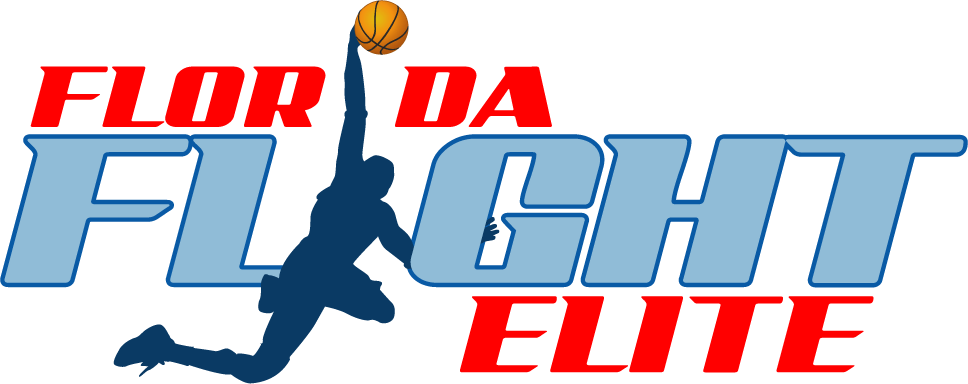PacWest Conference Weekly Awards (Feb. 13)
IRVINE, Calif. — Delivering one of the team’s best defensive performances of the year to start a four-game road swing, Academy of Art University women’s basketball freshman guard Karleigh Joseph was selected Pacific West Conference Defender of the Week. The award was based on games played Feb. 6-12.
Joseph’s breakout effort came at NDNU on Feb. 6 when she set career-highs across the board with 22 points, 11 rebounds, five assists, four blocks, and two steals. Beyond the offensive success, however, the West Palm Beach, Fla. native held the Argos’ top scorer, Marissa Caballero, to 5-for-19 shooting and rejected her shot in the final seconds of the first overtime to save the game and force a second extra period. In the Knights’ 75-64 win over Chaminade on Feb. 11, she finished with eight points, five rebounds, four assists, and two steals.
Joseph wrapped up the week averaging 15.0 points, 8.0 rebounds, 4.5 assists, 2.0 blocks, and 2.0 steals per game. Over her last five games, she is averaging 2.6 steals per contest.
This is Joseph’s first career PacWest weekly honor and the second by an Urban Knights this season following junior guard Rodericka Ware and junior forward Helena Orts‘ Defender of the Week selections on Jan. 9 and Dec. 5 respectively.



